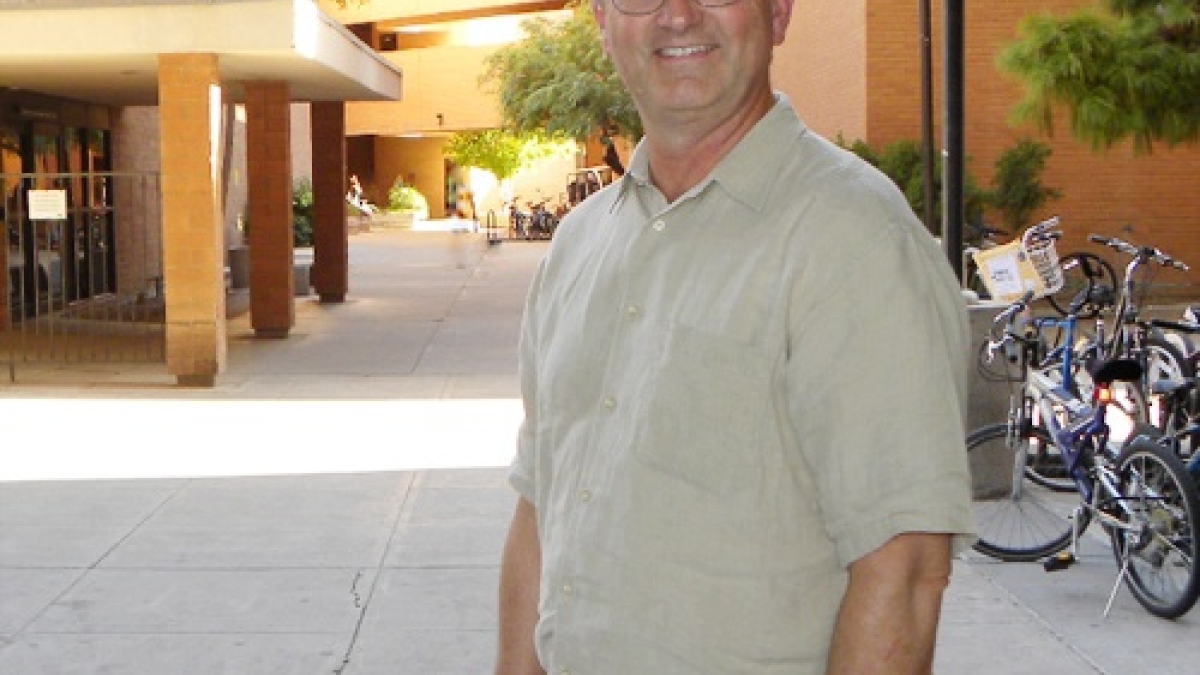ASU's chemistry department ranks 6th in impact worldwide

Arizona State University’s Department of Chemistry and Biochemistry was recently ranked sixth worldwide in impact according to an analysis by Science Watch.
This study is timely, as two distinguished organizations – UNESCO (the United Nations Educational, Scientific and Cultural Organization) and IUPAC (the International Union of Pure and Applied Chemistry) have jointly proclaimed 2011 the International Year of Chemistry.
Thomson Reuters’ unique store of publication and citation statistics was used to tabulate the high-ranking institutions in the diverse field of chemistry according to impact (citations per published research paper).
"All of each institution's papers (in the highly aggregated field designated "chemistry" by our Essential Science Indicators database) were considered," said Christopher King, editor of Science Watch. "For 2001 to 2011, we showed ASU with 1,305 such papers, cited a total of 41,517 times." With an average citation per paper (or impact factor) of 31.81, ASU is only outranked by Scripps Research Institute, Harvard, Rice, Caltech and Northwestern and ranks ahead of MIT, the University of California, Berkeley and Stanford.
This ranking is based on scholarly papers published and cited between January of 2001 and April of 2011 in more than 500 Thomson Reuters-indexed journals representing the range of subfields in chemistry. The listings derive from the Essential Science Indicators, a database within the Thomson Reuters Web of Knowledge platform.
According to the study, “In particular, citation analysis provides authority in reflecting the judgments that scientists themselves make in acknowledging the published research that they view as the most significant and useful.”
The findings are fully consistent with the other impact assessments based on relative numbers of Nature and Science papers, that have been circulating in the past few years and have been highly favorable to ASU.
The department is flourishing, with 1,394 current undergraduate majors as well as 186 graduate students in chemistry and biochemistry. There are also 37 graduate students from other departments or programs, like physics, engineering and biological design, who have chosen to be supervised by chemistry and biochemistry faculty.
“The department is clearly growing dramatically in both size and international stature,” said William T. Petuskey, chair of the department of chemistry and biochemistry in the College of Liberal Arts and Sciences. “Since 2002, we have more than quadrupled the number of undergraduate majors and nearly tripled our external research funding, both of which indicate our increased activity level.”
Petuskey adds, “What is interesting about this ranking is that it is based entirely on publications that have appeared in chemistry journals. It doesn’t include the substantial body of work that department members have chosen to publish in journals of physics, materials science, and other technical disciplines. Chemistry and biochemistry are truly integral to most of the science and engineering initiatives in play at ASU.
We are striving to meet President Crow’s dual initiatives of increased accessibility and improvement in the quality of our instructional and research programs. With this sixth place ranking, especially among such an elite group of universities, and along with the exciting recognition that our students and faculty members are receiving, we feel that we are making considerable progress in meeting these goals. We look forward to the continuing challenge in improving on these accomplishments.”